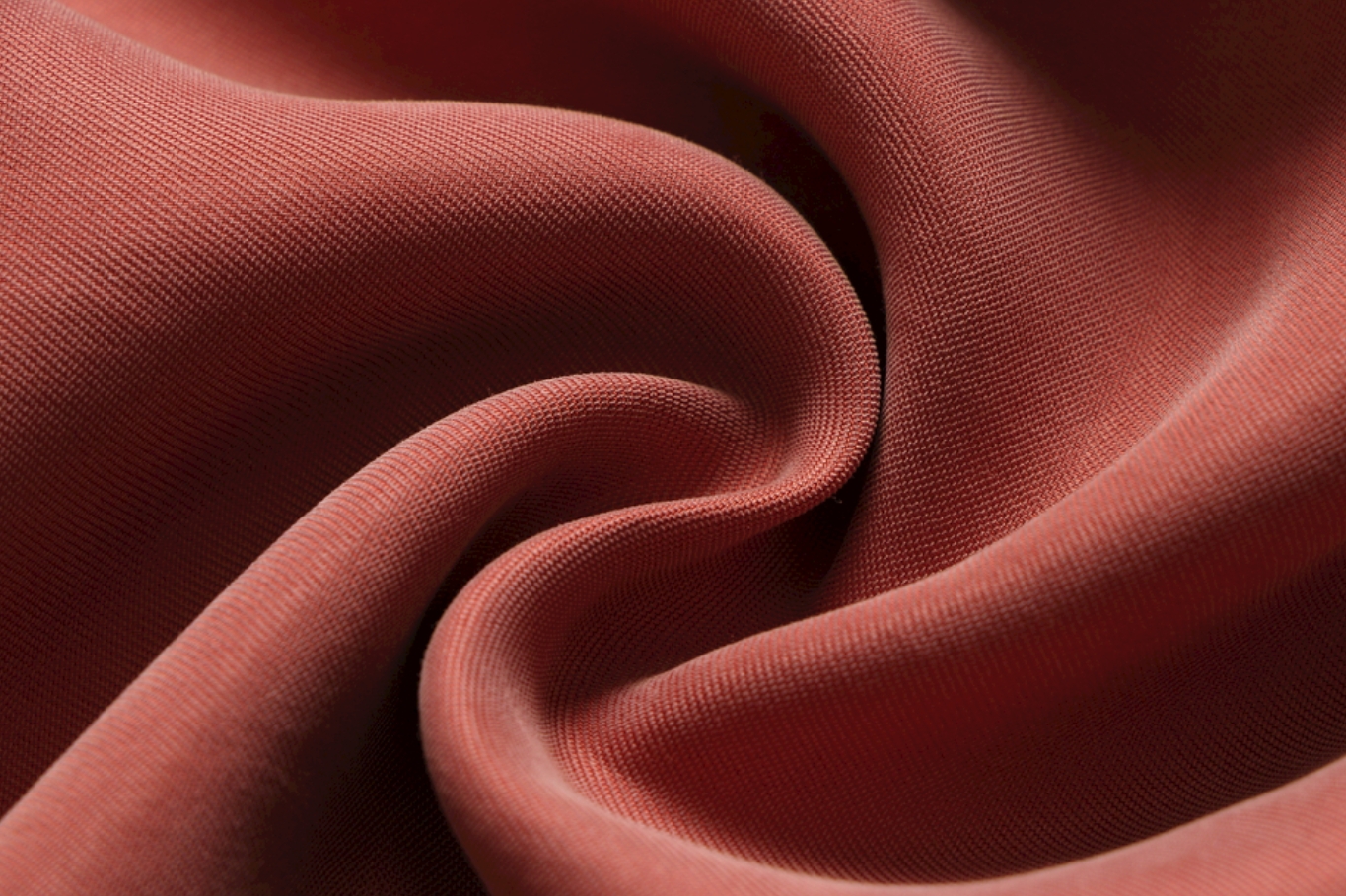The Evolution of Athletic Performance Gear
In the world of athletics, every detail counts, from training regimens to mental preparation. However, one of the most significant yet often overlooked components is the gear itself. The right sports fabric can be the difference between a personal best and a frustrating performance. Gone are the days of heavy, sweat-soaked cotton shirts that cling to the skin. Today’s market is dominated by advanced textiles designed for optimal comfort and function, with breathable athletic fabric leading the charge. These materials are engineered to work with the body, enhancing an athlete’s natural abilities by managing moisture, regulating temperature, and providing unrestricted movement.

The Science Behind Breathable Athletic Fabric
What exactly makes a fabric breathable? The term refers to a material’s ability to allow moisture vapor to pass through it, a process known as moisture-wicking. When an athlete sweats, a high-quality breathable athletic fabric will pull that perspiration away from the skin and transport it to the outer surface of the garment. Once there, the moisture can evaporate quickly into the air. This mechanism is crucial for maintaining a stable core body temperature and preventing the discomfort of a damp, heavy garment. Materials like polyester, nylon, and specialized microfiber blends are engineered with specific fiber structures and weaves that create channels for moisture to travel, keeping the athlete dry, cool, and comfortable throughout their activity.
The Unmatched Advantage of Lightweight Sportswear
The second pillar of modern athletic apparel is its weight. The demand for lightweight sportswear has driven incredible innovation in textile manufacturing. Heavy clothing can be a significant impediment, causing premature fatigue and restricting fluid motion. In sports where speed and agility are paramount, such as running, cycling, or tennis, even a few extra ounces can impact performance. Modern sports fabric achieves a remarkable balance of being incredibly light while retaining strength and durability. This allows athletes to move with complete freedom, as if the clothing is a second skin, reducing drag and conserving precious energy for where it matters most—the competition itself.
Key Materials and Technologies in Modern Sportswear
The creation of high-performance sports apparel involves a sophisticated blend of materials and technology. Synthetic fibers form the backbone of the industry. Polyester is prized for its durability, wrinkle resistance, and excellent moisture-wicking properties. Nylon is also a popular choice, known for its exceptional strength and elasticity. For stretch and a form-fitting feel, elastane (often branded as Lycra or Spandex) is blended in. Beyond the base materials, many garments feature advanced technologies. These can include anti-odor treatments that use silver ions to inhibit bacteria growth, UPF ratings to protect against harmful UV radiation, and strategically placed mesh panels to enhance ventilation in high-heat zones. The continuous evolution of sports fabric ensures that athletes are better equipped than ever to push their limits and achieve peak performance.

